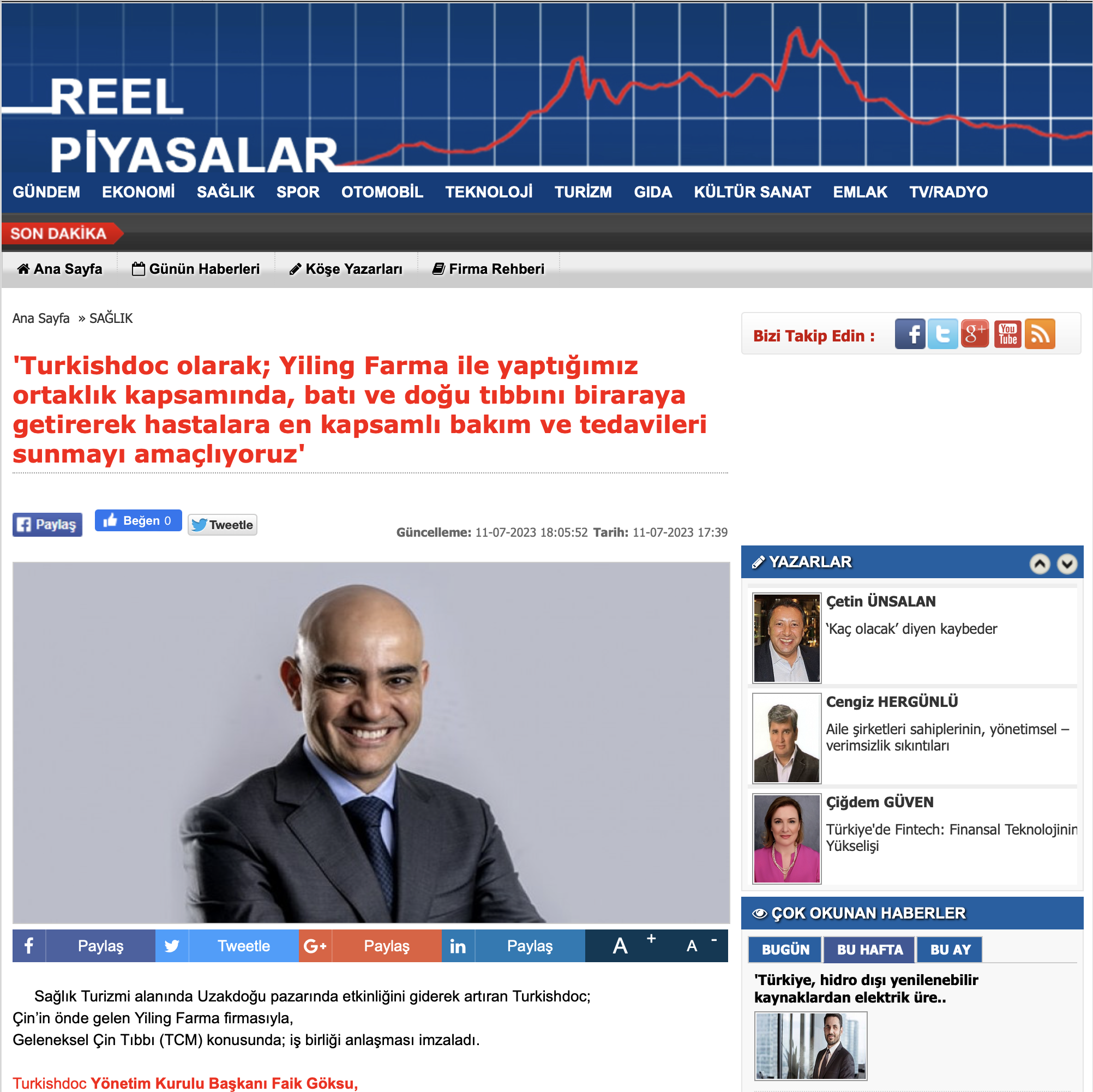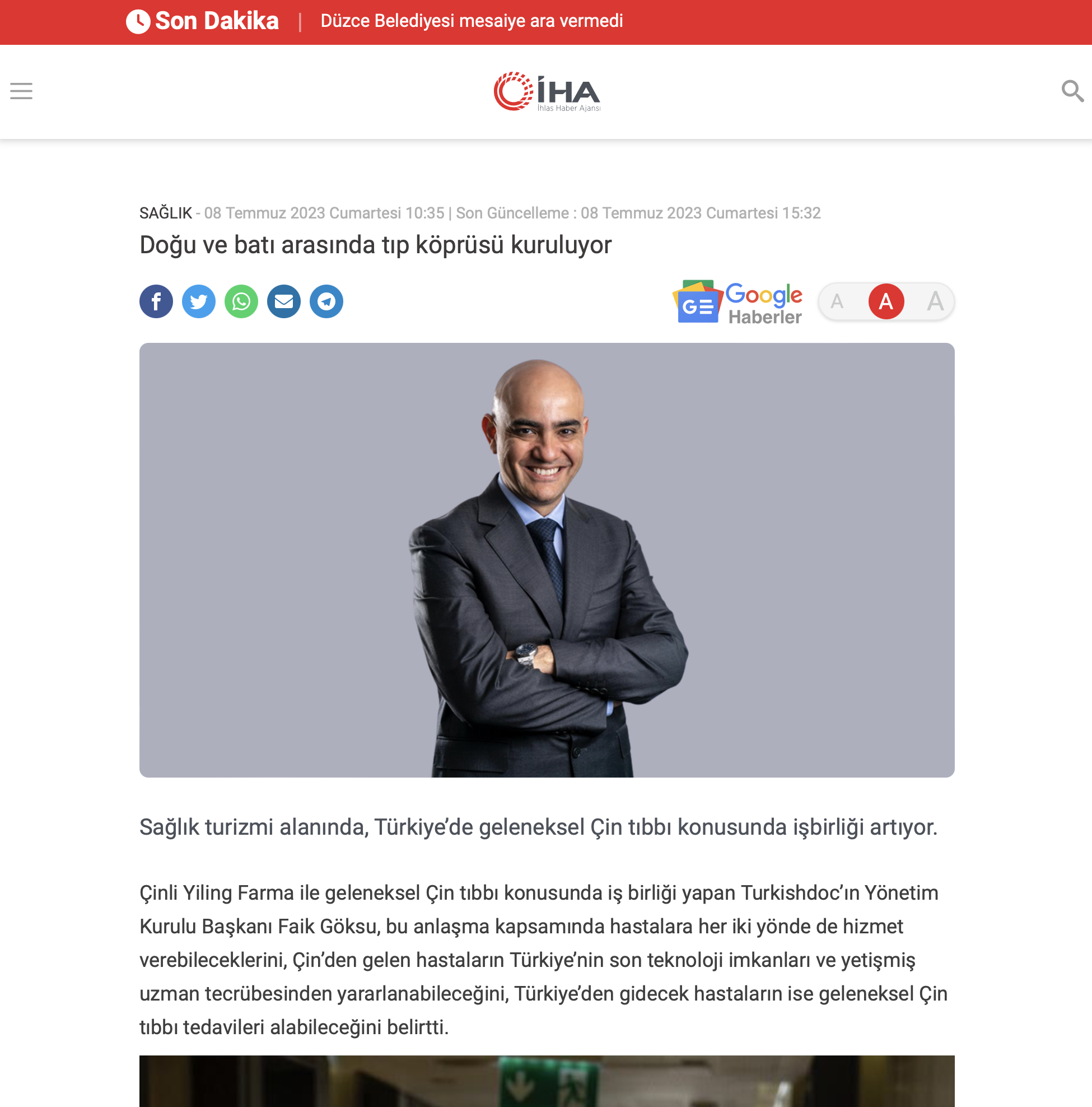Turkishdoc
Hair Transplant – Possible at Any Time of The Year?
Hair loss can occur all year round and represents an enormous limitation on your self-esteem for those affected at any time of the year.
The question automatically arises as to whether the minimally invasive procedure can be carried out at any time or whether there is a particularly suitable time of year for hair transplantation.
In this article you will learn what to look out for before and after a hair transplant in each season.
Prerequisites for a hair transplant – is the season a criterion or not?
Is summer more suitable because, unlike in winter, you don’t wear a hat? Or is the cold season ideal because the risk of sunburn and increased perspiration on the scalp are lower? Would it be best to have your own hair transplant done in spring or fall?
In principle, the operation is possible all year round. The only important thing is that, considering the time of year, you stick to a few recommendations from the hair specialists and thus make your own contribution to the safe result. Each season has its pros and cons.
Important facts about winter
The cold season is ideal for hair transplantation. The risk of sweating is low and since you usually wear a hat when the weather is bad , the intervention is not at all noticeable when strolling through the city.
For the first 14 days you should wear a light, loose-fitting cap or, even better, a hat. Avoid tight woolen hats, which leave fluff on the scab and could damage the newly transplanted grafts when you take them off.
Tip: Winter is a good time of year for most patients, as they generally do not go to the open air pool or extensive sunbathing. Due to the cooler temperatures, the scalp itches significantly less.
What to watch out for in summer?
Summer time is bath time. However, once you have had a hair transplant, swimming and sunbathing are taboo for the first 10 to 14 days. Within the first 3 to 4 weeks after the procedure you should wear a light sun hat and protect the sensitive scalp from direct contact with the sun.
A disadvantage in the summer months is the risk of hyperpigmentation of the transplanted follicular units. To avoid this problem, you should avoid direct sunlight for a period of up to 3 months after a hair transplant at this time of the year.
The greatest danger is sunburn, which can have a lasting effect on the result.
Have a hair transplant in the spring?
Spring is ideal for a hair transplant. At this time of year it is not yet as hot as in summer, so the risk of sunburn and increased perspiration is low.
However, there are a few things you should keep in mind before making an appointment in spring. Solarium and sauna visits are not possible in the first few weeks. If you want to start the summer with a light tan, you should avoid hair transplants in the spring.
The pleasant temperatures and the advantage that you can wear a light hat without attracting attention make spring a good time of year for minimally invasive surgery.
Special features in autumn
The rainy, sometimes quite cool and just as often sunny autumn is a good season for your hair transplant. You have experienced the summer holiday and are now enjoying the beautiful days in your garden or on the balcony.
The outdoor pool season is also over, so don’t be tempted to lie down on the pool lawn or swim after a hair transplant at this time of the year. When transplanting your own hair in autumn, you should take the risk of many rainy days to heart.
Rain is not harmful in itself, but when it comes into contact with the scalp, it can soften scabs and delay healing . A light hat can protect you from this risk.
Conclusion: Hair transplantation can be performed at any time of the year
As you can see, the long-awaited hair transplant can be performed at any time of the year. It is important that you follow the instructions of the treatment team and protect your scalp from external influences. Heat and cold, moisture and environmental residues should not come into contact with your scalp in the first 10 days of the healing process.
This means that you should spend a few days in a pleasantly warm room at any time of the year and wear a hat outdoors. There is no such thing as a perfect time of year, as each season has its pros and cons. If you sweat profusely, hair transplantation is most likely to be recommended in autumn and winter.
A hair transplant is also possible in spring or summer. In the end, the time of year doesn’t really matter, so you can relax and prepare for the minimally invasive procedure and have the hair transplant done at your preferred time of year.
Keep in mind that it takes 9 months to 1 year for your new head hair to heal completely. If you would like to spend your next summer vacation without tonsure and receding hairline, the current summer is the ideal season for hair transplantation. Experienced hair clinics work all year round to restore your aesthetics with new hair growth through your own hair transplants.











